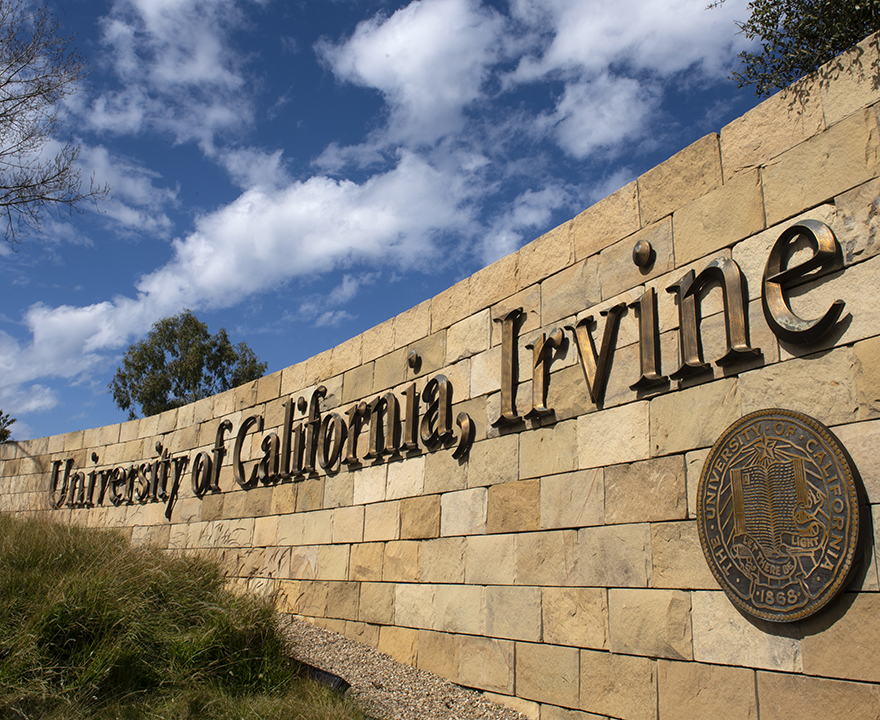A brief history of silent protests

A brief history of silent protests
- December 12, 2022
- David Meyer, sociology, and Jeffrey Wasserstrom, history, Smithsonian Magazine, Dec. 12, 2022
In an authoritarian state with mass censorship, simple words and images can become crimes. Owning silence under such circumstances creates power, says Jeffrey Wasserstrom, a historian specializing in modern Chinese history at the University of California, Irvine. When a protester joins a crowd and says nothing, they deny the state the tools to suppress. A silent citizen’s words cannot be taken away or used against them.
In September 1968, tens of thousands of students staged a silent march calling for greater democracy in Mexico. Contradicting the Mexican government’s accusations that they were resorting to violence, the students protested by simply carrying flags. (Around this same time, civil rights activists in the United States wielded flags with similar goals in mind.) “You’re taking the symbols of the regime and exposing the illegitimacy of the regime at the same time,” says David Meyer, a sociologist at the University of California, Irvine.
For the full story, please visit https://www.smithsonianmag.com/history/a-brief-history-of-silent-protests-180981262/.
Would you like to get more involved with the social sciences? Email us at communications@socsci.uci.edu to connect.
Share on:
Related News Items
- Multiple honors for UCI soc sci's Maricela Bañuelos
- Students say they're firm on demands; UCI officials say some less feasible, but open to talking
- UC Irvine students launch solidarity encampments
- Tens of thousands have joined pro-Palestinian protests across the United States. Experts say they are growing
- Column: More than 6,500 guns seized at U.S. airports in 2022, including 142 locally




connect with us